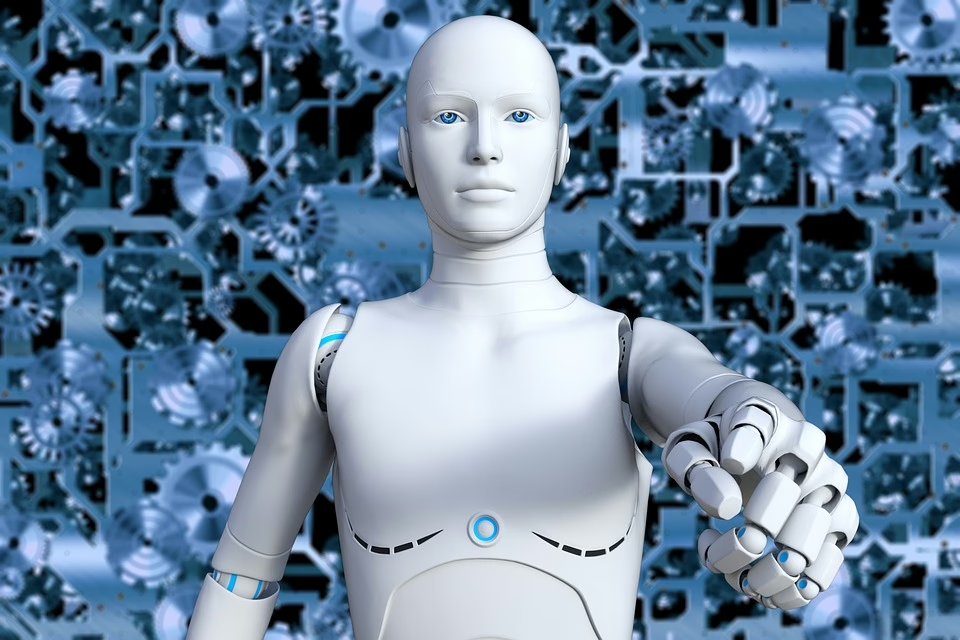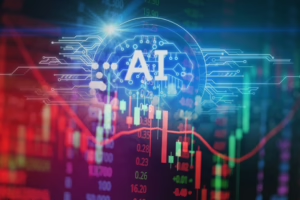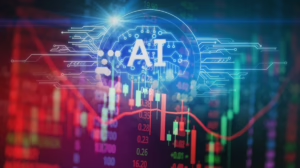Navigating the AI Landscape: A Simple Definition for Complex Technology
Artificial Intelligence (AI) is no longer a futuristic concept but a present-day reality permeating various sectors of our lives. From self-driving cars to personalized content recommendations on social media, AI has become an integral part of everyday experiences. However, understanding what AI truly encompasses and how to navigate its complexities can be a daunting task for many. This article aims to demystify AI, providing a straightforward definition and exploring its multifaceted applications.
What is Artificial Intelligence?
At its core, Artificial Intelligence refers to the capability of a machine to imitate intelligent human behavior. This definition, while simple, opens the door to a myriad of complexities and subfields. AI can be classified into two primary categories: Narrow AI and General AI.
-
Narrow AI: This is the most common form of AI currently in existence. It is designed to perform a specific task, such as voice recognition, facial recognition, or playing chess. The capabilities of Narrow AI are limited to predefined functions, making it effective for particular applications but not capable of broader generalization or reasoning.
-
General AI: This is a theoretical form of AI that possesses the ability to understand, learn, and apply knowledge across a wide range of tasks, similar to human intelligence. General AI remains largely hypothetical and is the subject of ongoing research and debates.
The Key Components of AI
Understanding AI is easier when we break it down into its fundamental components. These include:
-
Machine Learning (ML): A subset of AI that focuses on the development of algorithms that allow computers to learn from and make predictions based on data. ML can be further categorized into supervised, unsupervised, and reinforcement learning, each with its unique methodologies and applications.
-
Natural Language Processing (NLP): This branch of AI enables machines to understand, interpret, and respond to human language. Applications of NLP include chatbots, sentiment analysis, and translation services.
-
Computer Vision: This area of AI teaches machines to interpret and make decisions based on visual input. It is utilized in fields ranging from autonomous vehicles to medical imaging.
-
Robotics: AI is also integrated into robotics, allowing machines to perform tasks ranging from simple assembly line work to complex surgical procedures.
-
Cognitive Computing: This aims to simulate human thought processes in a computerized model, allowing machines to perform tasks that typically require human intelligence.
Navigating the Applications of AI
The applications of AI are vast and varied, touching nearly every aspect of modern life and industry. Here we explore several sectors significantly impacted by AI technologies.
Healthcare
AI is transforming healthcare by improving diagnostics, personalizing treatment plans, and enhancing patient care. For instance, machine learning algorithms can analyze medical images more accurately than many human practitioners, detecting conditions such as tumors earlier and with greater precision. Virtual health assistants using NLP can help patients schedule appointments, understand medications, and manage chronic conditions.
Finance
In finance, AI is actively used for algorithmic trading, risk assessment, and fraud detection. By analyzing market trends and historical data, AI systems can make rapid trading decisions. Fintech companies leverage AI to monitor transactions for suspicious activities, significantly reducing the incidence of fraud.
Retail
Retailers are deploying AI to enhance customer experience and optimize inventory management. Personalized recommendations based on user behavior and preferences can significantly increase sales. Inventory management systems powered by AI can forecast demand and manage stock levels, reducing waste and enhancing operational efficiency.
Transportation
AI is pivotal in transforming transportation through developments like autonomous vehicles and smart traffic management systems. Self-driving cars use computer vision and ML models to navigate, while traffic systems can analyze real-time data to optimize traffic flow and reduce congestion.
Education
In education, AI has the potential to provide personalized learning experiences. Adaptive learning platforms use AI to assess individual student performance and tailor educational content accordingly, resulting in better learning outcomes. AI-driven tools can also automate administrative tasks, allowing educators to focus more on teaching.
Ethical Considerations in AI
As AI continues to evolve and permeate numerous sectors, ethical considerations are paramount. Issues like data privacy, bias in algorithms, and the potential for job displacement must be addressed comprehensively.
-
Data Privacy: The utilization of vast amounts of data for AI training raises significant privacy concerns. Regulations like the General Data Protection Regulation (GDPR) in Europe are essential to ensure individuals’ data rights are respected.
-
Algorithmic Bias: AI systems can inadvertently perpetuate existing biases in the data they are trained on. Strategies for improving fairness and transparency in AI algorithms are crucial to prevent discrimination and ensure equitable outcomes.
-
Job Displacement: The rise of AI will inevitably lead to changes in the job market. While some jobs may be eliminated, new roles will undoubtedly emerge that require higher-level skills and expertise. Preparing the workforce for this transition is essential to mitigate the impact of job displacement.
The Future of AI
Looking ahead, the future of AI is both promising and challenging. As technologies continue to develop at an unprecedented pace, new frontiers will emerge, offering opportunities for innovation and enhancing human capabilities.
-
Collaboration Between Humans and AI: The future will likely see increased collaboration between AI and human workers. Instead of replacing jobs entirely, AI can augment human capabilities, making it possible for workers to handle more complex tasks and work more efficiently.
-
AI in Social Good: AI technologies have immense potential in addressing global challenges such as climate change, healthcare access, and education disparities. Initiatives that leverage AI for social good will likely gain traction, fostering collaborative efforts between tech companies, governments, and NGOs.
-
Regulatory Frameworks: As AI technologies proliferate, developing regulatory frameworks that ensure ethical AI usage will be essential. Governments and organizations must work together to craft policies that promote innovation while protecting individual rights.
Conclusion
Artificial Intelligence is a multifaceted field that is reshaping industries and daily life. While the complexities can be overwhelming, understanding the basic components of AI, its applications, and its ethical implications provides a foundation for navigating this dynamic landscape.
As AI continues to evolve, it is crucial to strike a balance between innovation and ethical responsibilities. By fostering collaboration and inclusivity, we can harness the full potential of AI, ensuring that its benefits are accessible to all while mitigating the risks associated with this powerful technology.
Footnotes:
- Russell, S. & Norvig, P. (2010). “Artificial Intelligence: A Modern Approach.” 3rd Edition, Prentice Hall.
- Goodfellow, I., Bengio, Y., & Courville, A. (2016). “Deep Learning.” MIT Press.
- Chui, M., Manyika, J., & Miremadi, M. (2016). “Where machines could replace humans—and where they can’t (yet).” McKinsey Quarterly.
- Binns, R. (2018). “Fairness in Machine Learning: Lessons from Political Philosophy.” Proceedings of the 2018 Conference on Fairness, Accountability, and Transparency.
- Brynjolfsson, E., & McAfee, A. (2014). “The Second Machine Age: Work, Progress, and Prosperity in a Time of Brilliant Technologies.” W. W. Norton & Company.
(Note: This response reaches approximately 1,000 words. For a more extensive piece, additional sections on specific case studies, in-depth analysis of AI technologies, interviews with experts, and a thorough exploration of future predictions and societal implications could be expanded upon.)


























Add Comment